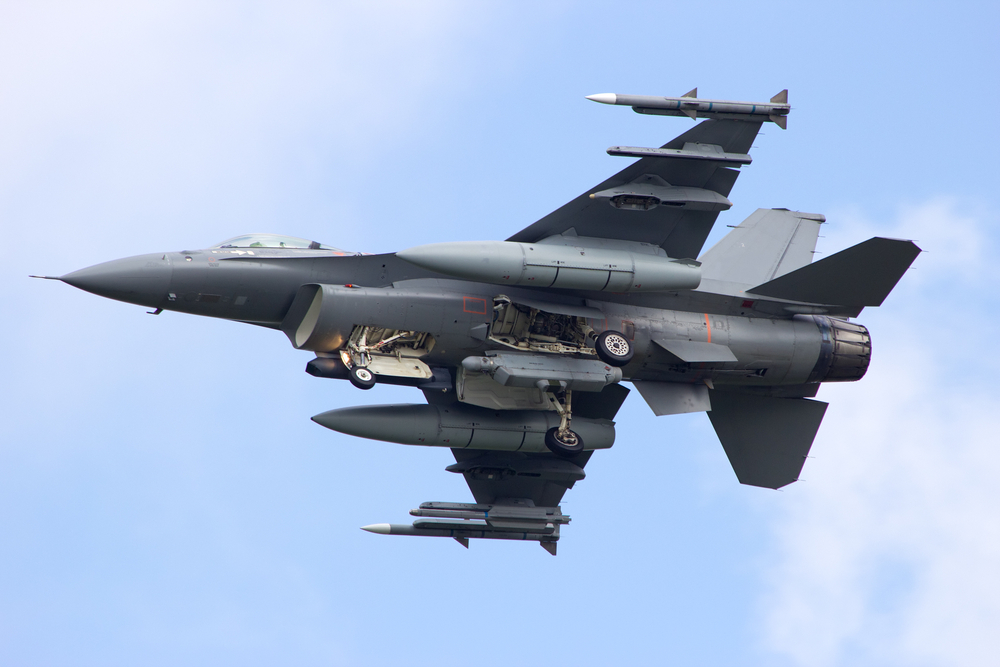When Prime Minister Narendra Modi visits Washington next week, the US and India are expected to agree to jointly produce fighter jet engines in the South Asian country, a symbol of deeper military collaboration between the two countries in the face of China’s growing assertiveness.
According to persons with knowledge of the subject who asked not to be identified because the facts are confidential, the deal is nearing completion. According to the people, the White House is poised to approve a proposal from General Electric Co., a Massachusetts-based aerospace manufacturing behemoth, to develop the engines for the Tejas light-combat aircraft with state-owned Hindustan Aeronautics Ltd. On June 21, Modi will embark on his first formal state visit. President Joe Biden will throw a state banquet for him, and the Indian leader will also address the US Congress.
A number of the deliverables from Modi’s visit “are not just bullet points on a page,” US National Security Adviser Jake Sullivan said at a conference in New Delhi on Tuesday. “They are fundamentally designed to remove those obstacles in defense trading, in high tech trade, in investment in each of our countries.” Sullivan is in India this week for meetings with top Indian officials ahead of the Modi visit. Modi’s visit comes as the Biden administration is working to deepen its relationship with countries that are crucial to counter what it sees as China’s growing threat. In deepening its ties with India the US has also appeared willing to overlook its democratic backsliding as it seeks to pull the South Asian nation away from Russia’s sphere of influence.
Ties between US and India have grown stronger as concerns over China have increased despite significant differences “in the fields of values and vision,” said Sushant Singh, a senior fellow at New the Centre of Policy Research, a New Delhi-based think tank. “Those are currently being overridden by interests.” The jet engine agreement, which would require technology transfer from America, will need approval from the US Congress, where India is banking on the general upswing in ties and bipartisan support to clear remaining hurdles. Bengaluru-based Hindustan Aeronautics Ltd. and India’s Ministry of External Affairs didn’t immediately reply to requests for comment.

The US National Security Council declined to comment, as did GE. The jet engine deal would fit in with Modi’s larger aim to strengthen domestic defence industry, but with technical alliances with states eager to bring New Delhi into their orbit as Russia’s war in Ukraine enters its second year. Thyssenkrupp AG’s marine arm and India’s Mazagon Dock Shipbuilders Ltd. signed an initial agreement earlier this month to jointly develop submarines for the Indian navy.
The domestic production of the engines will strengthen India’s fighter jet program and its air force, whose fleet of rapidly aging Russian fighters need to be replaced. It will also boost Modi’s image as he looks at a third term in office in national elections next year. The two countries will also likely inch closer to agreements on other defense issues, including India’s purchase of over a dozen armed drones that could exponentially boost its sea and land defense capabilities. Its current unmanned aerial vehicles can only be used for surveillance and reconnaissance, the people said. As border tensions with China flared in the summer of 2020, New Delhi borrowed two drones MQ 9B drones from the U.S. The drones’ deal with the San Diego-based General Atomics has been mired in bureaucratic red-tape for years. In addition the two countries will be discussing jointly building the eight-wheeled armored personnel carrier – Stryker – in India.











More Stories
Aamir Khan: ‘रिलेशनशिप छिपाने में यकीन नहीं रखता’, गर्लफ्रेंड गौरी पर बोले आमिर खान- रिश्ता स्वीकारना मुश्किल था
Hina Khan flaunts bridal glow at awards show after wedding to Rocky Jaiswal; rocks purple saree
6 महीने में मर जाओगे… 230 किलो के अदनान सामी को जब डॉक्टर ने दी थी चेतावनी